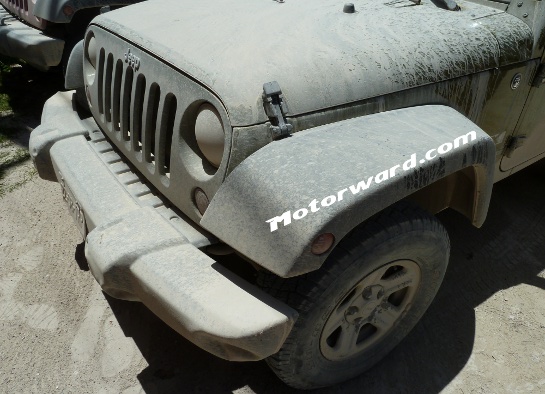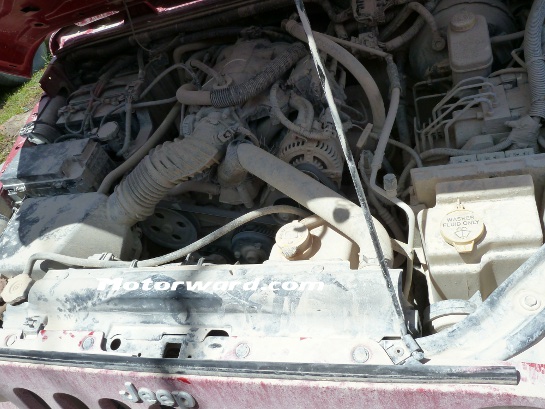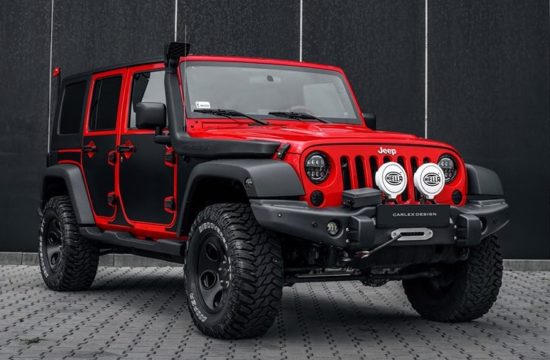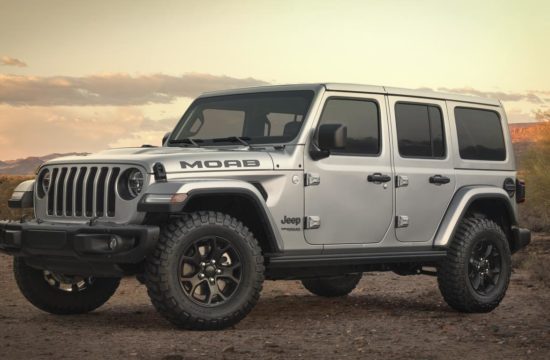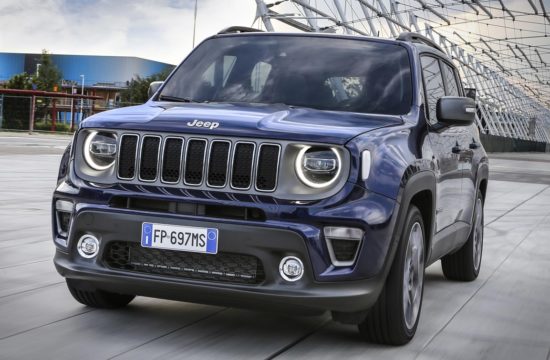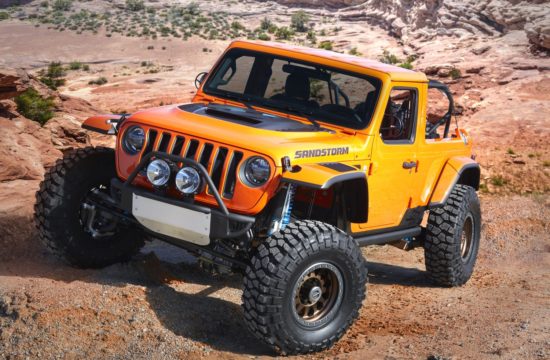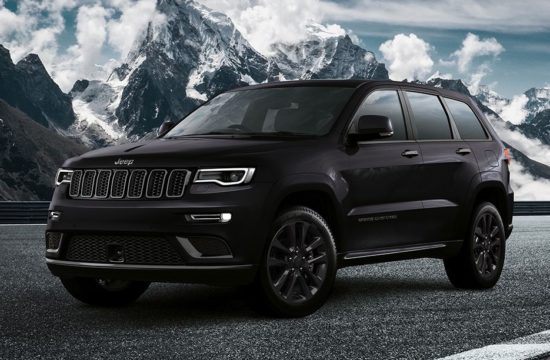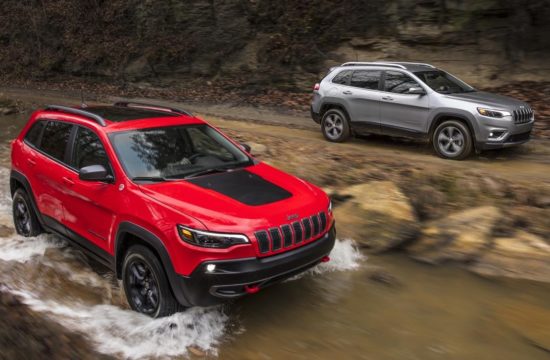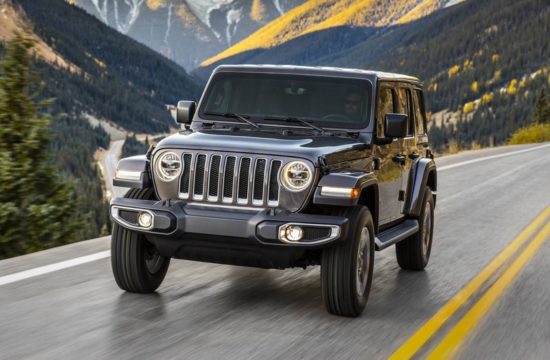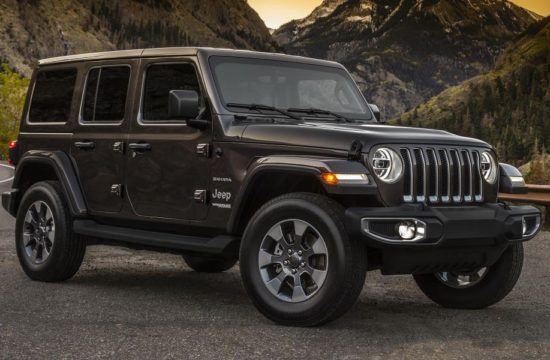Jeeps are all muscle; but even muscles suffer damage over the course of time. If your Jeep is also your work horse or favored recreational vehicle for hitting those out of the way places, those Jeep muscles are being put to a lot of use. Off-road driving, rock climbing, powering up for those impossibly steep grades, are what a Jeep is made for; but like any vehicle, the under-carriage is the most vulnerable. Eventually, your Jeep is going to make some odd noises, will veer to the right or left when driving, or at least one gear will start hanging up, making it obvious your Jeep needs attention.
Before cranking your Jeep up on blocks and tearing it from down under, begin looking for a few outward signs that could direct you to your Jeep’s problems. Check your transmission fluid. If your Jeep is automatic, the fluid should be red. Manual transmissions use gear oil, usually 75-90 or 80-90. Sludge build up can darken the color, indicating you need to flush your fluid and put in fresh oil. If you see debris or metal scraps, it’s probably time to change the filter. If the transmission fluid is low, you have a leak somewhere and it’s time to take a good look at your tranny. Those fluids are the life blood of your transmission. Keeping a check on the fluids can make all the difference in having a tranny that’s good to go for that next 100,000 mile click over, or one that blows up and leaves you stranded by the side of the road.
Check the wear on your tires. If one has an unusual amount of wear on the inside, it’s toeing in and could be the cause of those strange sounds. Alignment isn’t usually an issue with older Jeeps and the classic box-style models, but it could be if you if you have a low-riding town cruiser and hit a curb too hard or did a flying leap that left your tail end dragging.
When Things Look Out of Whack
The best test of whether or not you need to crawl under your vehicle is to stand back from it a few yards, squat down, and look for signs of slumping or sagging. A sagging vehicle means you need to change your coils or leaf springs. Your coils are what suspends the front end of your Jeep and the springs suspend the rear. On uneven ground, it’s usually the coils that give out first as the front end of your vehicle is what receives the most impact. Keep a good eye to make sure the front is riding nice and high.
What you won’t see by an eyeball test is whether or not you need to change your shock absorbers. If you’re cruising down a hill and hit a bump in the road that sends you flying nearly through the roof, it’s time to change the shocks. If you are giving your Jeep a lift, it’s a good idea to add new shocks in with it, as it will keep your suspension well synchronized and create a smoother, sturdier ride.
Say Hello to Your Tranny
You’ve decided there’s no doubt about it. Those strange little noises, the awkward gear shift, or the shimmy when hitting 45 M.P.H. just wouldn’t stop with simple precautionary methods. You’ve got to take a look at your drive line and see what’s going on. Your drive line consists of two main parts. One is the front drive shaft that goes to the front drive axle, and to the front drive transfer case. The other runs straight back from the transmission to the rear axle and rear drive transfer case. Your drive lines should be balanced and perfectly aligned. If you hear noises, or the vehicle starts wobbling, check the Universal joints that are hooked into the drive-line. Are they well lubricated?
If the Universal joints have lost viscidity, the ball bearings are no longer turning freely. The sound you hear is metal scraping against metal, which will eventually blow the Universal joints. There are two Universal joints per drive line. Make sure all the joints are well lubricated and show no sign of damage.
The transmission is the brains of your Jeep. It sends power to the transfer case and sends the drive line to the front axle. In an automatic, and for engaging your Jeep in two wheel drive, it sends rear powering to the back wheels. The transmission is the most sensitive part of your vehicle, and unless you know a great deal about trannies, it’s best to send your Jeep to a specialist if you suspect your transmission is the culprit and to check also if you need to replace you auto transmission parts.
Topping Off Your Jeep
The open air feels great when you’re in a Jeep, but sometimes the weather puts a damper on your fun. That’s why it’s great to have a removable top. The question usually boils down to whether it should be a hard top or a soft top.
Soft tops are the easiest to install and remove. Their light weight also makes a simpler solution for storage. However, soft tops are exposed to a lot of wear and tear, no matter what your climate. In rain country, mold develops easily, especially around the snap buttons. Once the mold sets in, the material begins to rot. Wind and sun can eventually cause damage to the best soft top material, wearing away its protection against the weather.
Hard tops are the most durable, especially for cold climates. They insulate better against that freezing weather, and resist the impact of hard rain or snow. They can eventually crack, however, from sun exposure of temperature extremes. Check your Jeep top each time you use it, looking for signs of wear, or the next time you’re out in the rain, it might be raining inside your Jeep as well.
Keep Your Tread Good
A good set of tires is what makes your Jeep look boss. It’s also what makes it handle like a boss. While a mis-matched tire might do well in an emergency, change it to a matching tread tire at the first possible moment. Routinely check your tires, looking for uneven wear. A tire that is showing more signs of wear than the others is an indication that your alignment is off, or the tire is rubbing against the fender.
Tires that are going bald are the greatest hazard for back road or extreme climate driving. They lengthen your braking distance, give you less traction on snow, ice and wet roads, and less control in a skid. A good measurement of when it’s a good time to change your tires is to insert a key in the tread. If there is less than a quarter inch tread left for your all-terrain vehicle, it’s time to start considering a new set of tires.
About the Writer: Karla Fetrow is an off-road driver in the U.S in Alaska. Having been raised in Alaska, it is common knowledge to the rural inhabitant that there are places you just can’t go without a Jeep or other off-road vehicle. Karla also frequently writes on behalf of Extreme Terrain.

